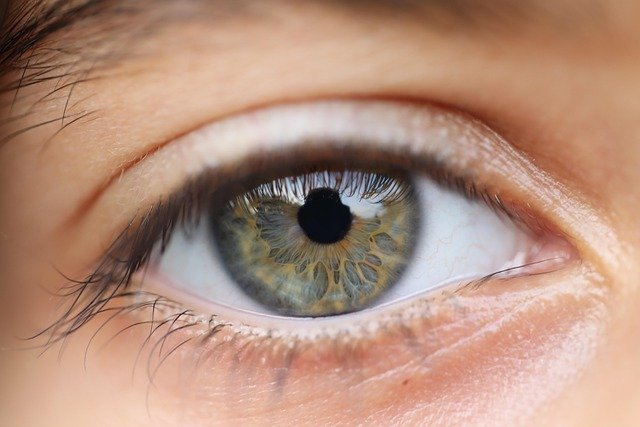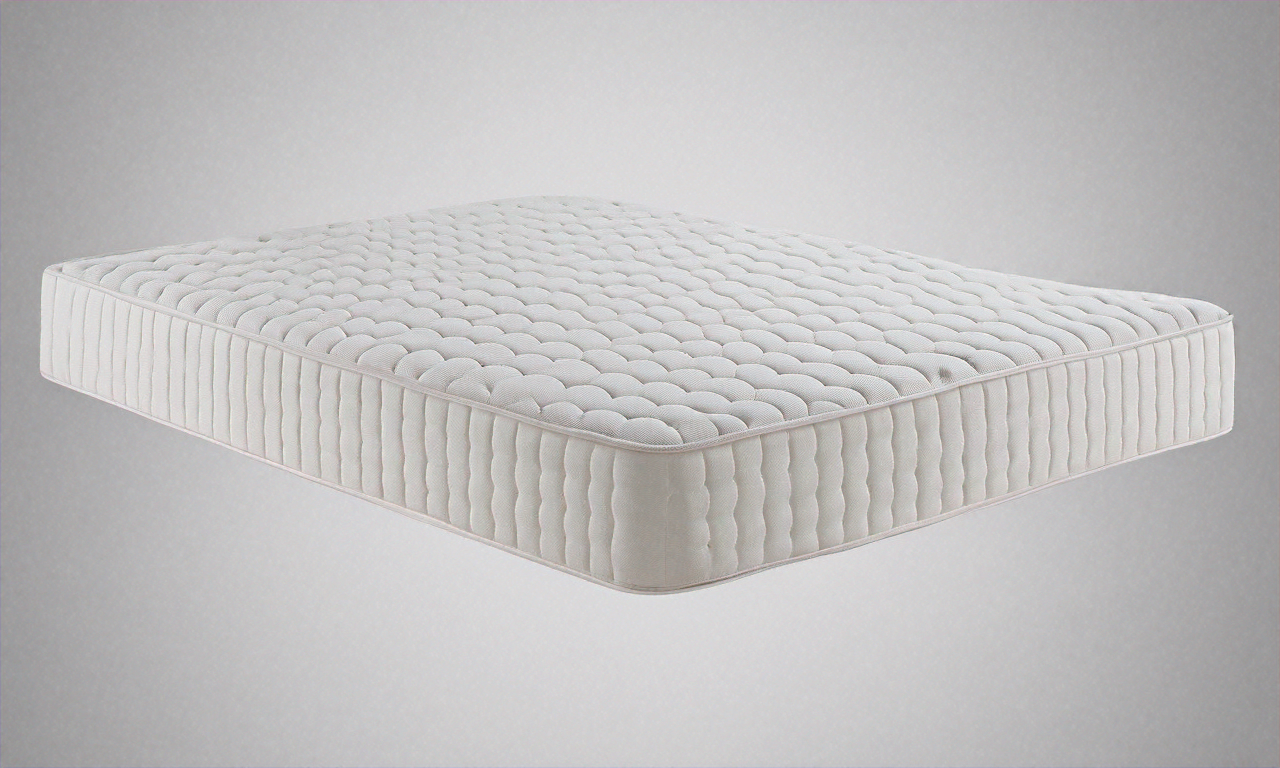Understanding the Health Implications of Blue Light Exposure
Blue light has become an integral part of our daily lives, emitted by screens, LED lights, and the sun. But what is the science behind it, and how does it affect our health and wellness? This article delves into the fascinating world of blue light, exploring its implications on our physical and mental well-being.

Blue Light: An Overview
Blue light is a color in the visible light spectrum that can be seen by the human eye. It has a short wavelength, meaning it produces higher amounts of energy. Studies suggest that, in moderation, blue light can be beneficial during daylight hours because it boosts attention, reaction times, and mood. However, when we’re exposed to it in the evening or over long periods, it can disrupt our sleep and potentially cause harm.
Current Trends: Digital Devices and Blue Light Exposure
As technology continues to advance, our exposure to blue light has significantly increased over the years. Today, many of us spend hours looking at screens, from smartphones to laptops, which emit substantial amounts of blue light. This rise in screen time, especially before bed, has sparked concerns about the potential health implications of prolonged blue light exposure.
The Science Behind Blue Light and Sleep Disruption
Blue light exposure can interfere with our circadian rhythm—the body’s natural sleep-wake cycle. During the evening, the blue light emitted by screens can trick our brains into thinking it’s still daytime, suppressing the production of melatonin, a hormone that regulates sleep. As a result, we may struggle to fall asleep or experience lower quality sleep.
Blue Light and Eye Health: A Closer Look
In addition to impacting sleep, research indicates that prolonged exposure to blue light can lead to digital eye strain, causing symptoms like dry eyes, headaches, and blurred vision. Moreover, some studies suggest that excessive blue light exposure may increase the risk of certain eye diseases such as age-related macular degeneration.
Blue Light: The Good and The Bad
While blue light has its downsides, it’s not all bad. In fact, blue light during daytime hours can actually be beneficial, improving alertness and mood. Sunlight is the primary source of blue light, and being outdoors during daylight hours can help regulate our sleep-wake cycle.
Quick Insights into Blue Light
- Adequate exposure to blue light during the day can help maintain a healthy sleep-wake cycle.
- Overexposure to blue light, especially in the evenings, can disrupt sleep and potentially harm eye health.
- Regular breaks from screen time and the use of blue light filtering devices can help mitigate these effects.
In conclusion, while blue light is a natural part of our environment, the rise in digital technology has led to an increase in our exposure. Acknowledging the potential health implications of blue light is the first step towards managing its impact on our lives. Striking a balance is key—enjoying the benefits of blue light during the day, while minimizing exposure in the evening to protect our sleep and eye health.




